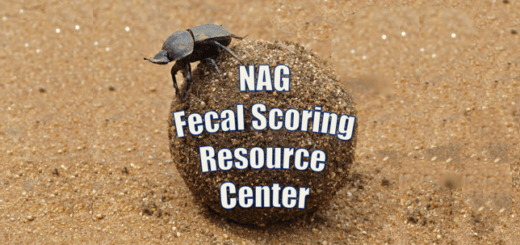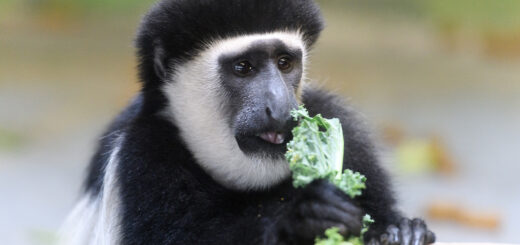Feeding captive piscivorous animals: nutritional aspects of fish as food.
Citation
Bernard JB. 1997. Feeding captive piscivorous animals: nutritional aspects of fish as food. In Nutrition Advisory Group Handbook Fact Sheet 005
Abstract
Piscivory is a term which specifically refers to the consumption of fish, but for the purposes of this document also encompasses a variety of organisms including marine invertebrates. Fish and marine invertebrates are prevalent constituents in the diets of a diversity of captive animals. Appropriate selection, purchase, storage, and thawing of these products is critical to the successful husbandry and nutritional management of captive piscivores. The nutritional status of captive zoo and aquarium animals which rely entirely on fish as food is dependent on the quality and composition of the fish they consume. The nutrient composition of fish may vary immensely.2,7,11 Concentrations of fat and protein, as well as many vitamins and minerals, differ depending upon species, age and gender, stage of life cycle, and season and location of catch. In migratory fish, such as salmon, the fat composition of spawning fish differs markedly from that of non-reproductively active salmon.
 NAG FS005 97 Fish-JONI FEB 24, 2002 MODIFIED.pdf 44 KB
NAG FS005 97 Fish-JONI FEB 24, 2002 MODIFIED.pdf 44 KB








